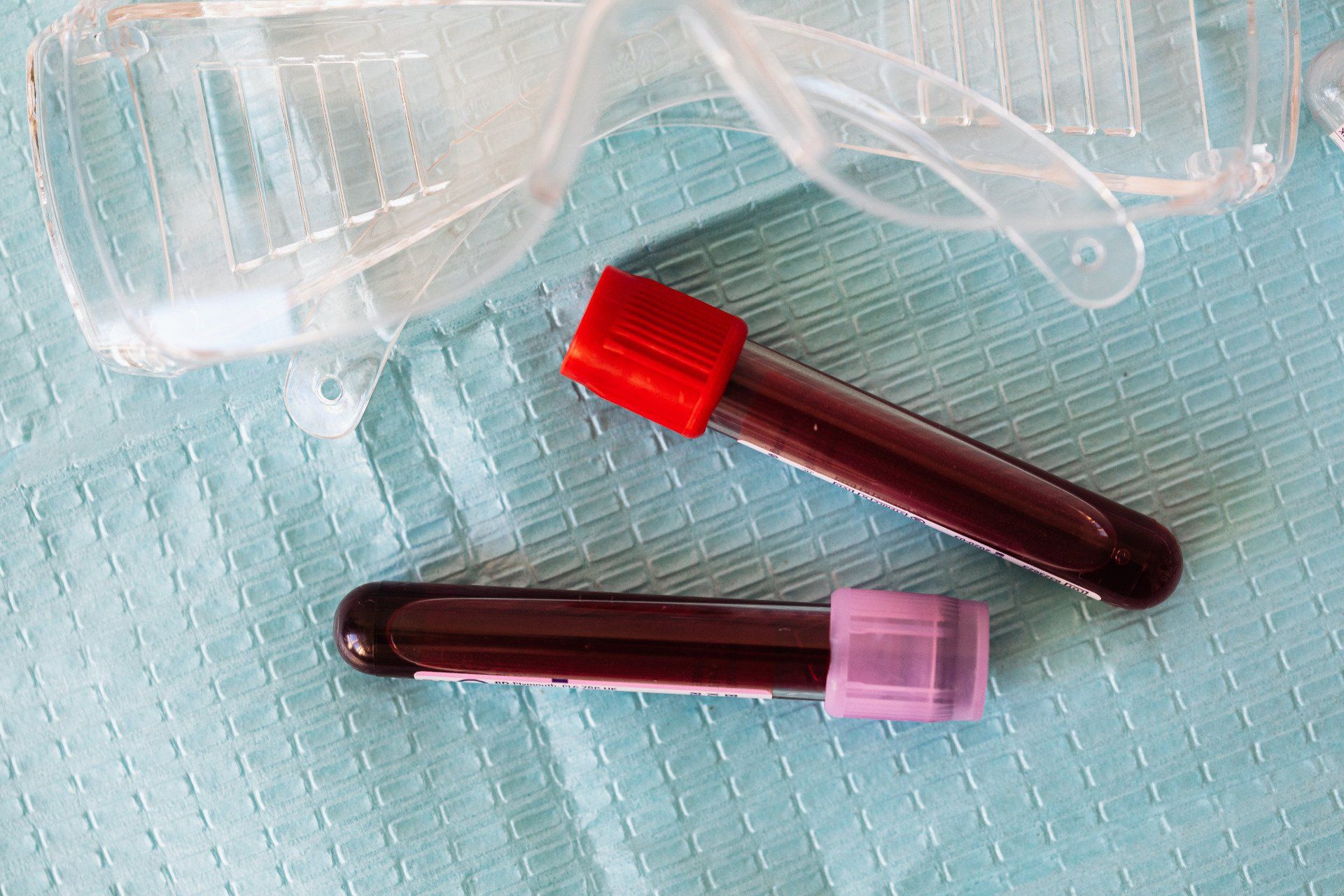Health Benefits of Intermittent Fasting
Benefits of Intermittent Fasting:
Intermittent fasting (IF) is an eating pattern that alternates between periods of fasting and eating. There are several potential benefits associated with intermittent fasting, although it's important to note that individual responses can vary. Here are some of the benefits often attributed to intermittent fasting:
- Weight Loss and Fat Loss: One of the primary reasons people try intermittent fasting is for weight management. By limiting the eating window, people tend to consume fewer calories overall, leading to weight loss. Additionally, fasting periods can encourage the body to tap into its fat stores for energy, promoting fat loss.
- Improved Insulin Sensitivity: Intermittent fasting can enhance insulin sensitivity, which is crucial for managing blood sugar levels. Improved insulin sensitivity may reduce the risk of type 2 diabetes and metabolic syndrome.
- Heart Health: Some studies suggest that intermittent fasting may have positive effects on heart health by reducing risk factors such as blood pressure, cholesterol levels, triglycerides, and inflammatory markers.
- Cellular Repair and Longevity: During fasting periods, the body initiates cellular repair processes like autophagy, where cells remove damaged components. This process is thought to play a role in longevity and disease prevention.
- Brain Health: Intermittent fasting may support brain health by promoting the production of brain-derived neurotrophic factor (BDNF), a protein associated with cognitive function and mood regulation. It might also reduce the risk of neurodegenerative diseases like Alzheimer's and Parkinson's.
- Cancer Prevention: Some animal studies have shown that intermittent fasting could potentially reduce the risk of certain types of cancer. It's thought to help by reducing the availability of nutrients that cancer cells require to grow.
- Simplicity and Sustainability: Intermittent fasting can be relatively simple to implement compared to other diets that involve strict calorie counting or complex meal planning. This simplicity can make it more sustainable for some individuals.
- Convenience: With fewer meals to prepare and plan for, intermittent fasting can offer convenience for those with busy schedules.
- Hormone Regulation: Intermittent fasting can influence the secretion of hormones involved in hunger and satiety, such as ghrelin and leptin. This can potentially lead to better appetite control.
- Muscle Maintenance: Unlike some other diets that may result in muscle loss along with fat loss, intermittent fasting is thought to help preserve lean muscle mass while promoting fat loss.
What is a recommended time period for intermittent fasting?
There is no one-size-fits-all recommended time period for intermittent fasting, as the ideal fasting window can vary based on individual preferences, daily routines, and health goals. Different fasting patterns have been studied and practiced, each with its own benefits. Here are a few popular intermittent fasting methods:
- 16/8 Method: This is one of the most common methods, where you fast for 16 hours and eat during an 8-hour window each day. For example, you might eat between 12:00 PM and 8:00 PM and then fast from 8:00 PM to 12:00 PM the next day.
- 5:2 Diet: In this approach, you eat normally for five days of the week and then restrict calorie intake to about 500-600 calories on the remaining two non-consecutive days.
- Eat-Stop-Eat: This method involves fasting for a full 24 hours once or twice a week. For example, you might eat dinner at 7:00 PM and then not eat again until 7:00 PM the next day.
- Alternate-Day Fasting: With this approach, you alternate between fasting days and regular eating days. On fasting days, you might significantly reduce calorie intake or consume very few calories.
- Warrior Diet: This method involves eating small amounts of raw fruits and vegetables during the day and then having one large meal at night, usually within a 4-hour eating window.
- OMAD (One Meal a Day): As the name suggests, you eat only one large meal within a 1-hour to 1.5-hour window and fast for the remaining 23-23.5 hours of the day.
When choosing an intermittent fasting approach, consider the following factors:
- Lifestyle: Choose a fasting pattern that aligns with your daily routine, work schedule, and social commitments.
- Health Goals: Your goals, such as weight loss, muscle gain, improved energy, or better metabolic health, can influence the fasting pattern that's most suitable for you.
- Hunger Tolerance: Some people find it easier to fast for longer periods, while others might prefer shorter fasting windows to manage hunger more effectively.
- Adaptation: It might take some time for your body to adapt to intermittent fasting. Start slowly and gradually increase fasting durations if needed.
- Nutrient Intake: Ensure that you're consuming a balanced and nutritious diet during your eating periods to meet your nutritional needs.
Before starting any fasting regimen, it's recommended to consult with a healthcare professional, especially if you have any underlying health conditions or concerns. They can help you determine the best approach for your individual needs and monitor your progress.











